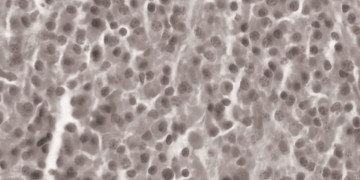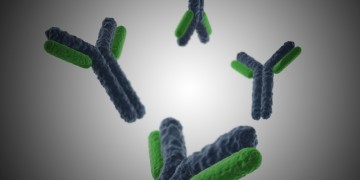
10 Tips and Tricks for Designing Multicolor Flow Cytometry Panels

What Academic Researchers Can Learn from Small Biotechs about Antibody Validation

A Semi-Automated Quantitative PCR Approach to Assess Differential Anti-Apoptotic Gene Expression Patterns Associated with Prostate Cancer Progression

Protocol: Preparation of Cells for Flow Cytometry

Trends in Antibody Generation Techniques — the Fully Synthetic Human Combinatorial Antibody Library (HuCAL®) Technology

Bio-Rad’s Multi-D Method Addresses Unmet Chromatography Needs

Ultra-Sensitive Quantification of Genome Editing Events Using Droplet Digital PCR

CRISPR: The Hopes, the Fears, and the Biology

The Antibody Challenge: Bio-Rad’s Precise Solution


